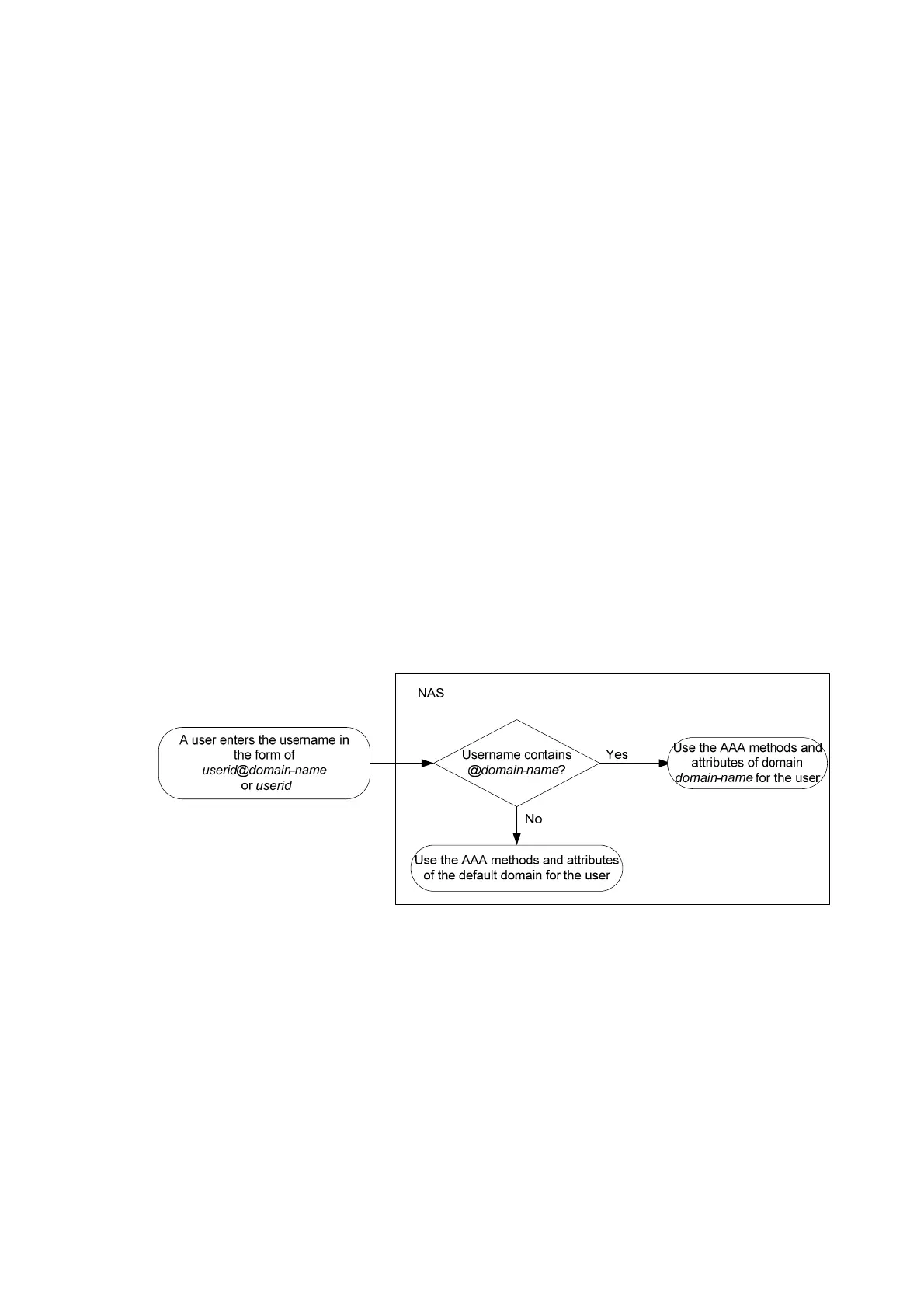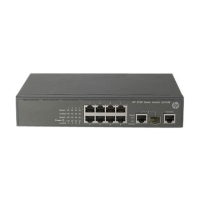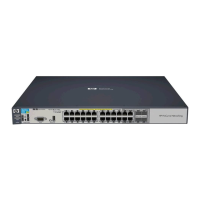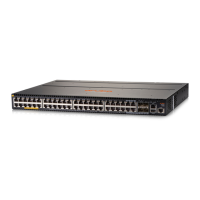9
9.
The user enters the password.
10. After receiving the login password, the HWTACACS client sends the HWTACACS server a
continue-authentication packet that carries the login password.
11. The HWTACACS server sends back an authentication response to indicate that the user has
passed authentication.
12. The HWTACACS client sends the user authorization request packet to the HWTACACS server.
13. The HWTACACS server sends back the authorization response, indicating that the user is now
authorized.
14. Knowing that the user is now authorized, the HWTACACS client pushes its configuration interface
to the user.
15. The HWTACACS client sends a start-accounting request to the HWTACACS server.
16. The HWTACACS server sends back an accounting response, indicating that it has received the
start-accounting request.
17. The user logs off.
18. The HWTACACS client sends a stop-accounting request to the HWTACACS server.
19. The HWTACACS server sends back a stop-accounting response, indicating that the
stop-accounting request has been received.
Domain-based user management
A NAS manages users based on Internet service provider (ISP) domains. On a NAS, each user belongs
to one ISP domain. A NAS determines the ISP domain a user belongs to by the username entered by the
user at login, as shown in Figure 7.
Figure 7 Det
e
rmine the ISP domain of a user by the username
The authentication, authorization, and accounting of a user depends on the AAA methods configured for
the domain that the user belongs to. If no specific AAA methods are configured for the domain, the
default methods are used. By default, a domain uses local authentication, local authorization, and local
accounting.
AAA allows you to manage users based on their access types:
• LAN users—Users on a LAN who must pass 802.1X or MAC address authentication to access the
network.
• Login users—Users who want to log in to the switch, including SSH users, Telnet users, web users,
FTP users, and terminal users.
